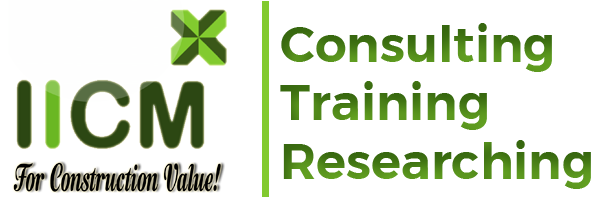Without a Clear Strategic Roadmap, Many Organizations Jump Into Technical Debates Too Soon
This is a common reality in the process of implementing BIM in many enterprises. Instead of starting with strategic thinking and clearly defined organizational goals, many organizations approach BIM as merely a technical solution or software. This leads to decisions that lack a solid foundation and often result in failure.
1. BIM Is Often Misunderstood as Just Software or a Technical Tool
Organizations with this mindset tend to quickly ask:
“So, which software do I need to do BIM?”
Only afterwards do they begin to consider improving staff capabilities or redefining workflows.
Based on the Implementation Matrix, we can see that such organizations often start their journey from the bottom right corner (Operational Technology) and then work their way backwards to define strategic goals (Strategic Policy).
⇒ This is a completely misguided approach.
In fact, the question about software should come last, not first.
√ The correct implementation process should begin in the top left corner of the matrix (Strategic Process), then gradually move down and to the right, toward operational technology.

Summary:
2. The Ideal Approach (Dark Blue Arrow – “Ideal Path”)
↑ Start from the top left corner:
-
Strategy – Process: Define the overall vision and foundational guidance documents.
Then continue with:
-
Clear policies
-
Internal communication to create motivation
-
Survey and analyze technology needs
⇔ Move from left to right, top to bottom:
-
Enter the Tactical layer:
Build the implementation roadmap, conduct training, develop technical guidelines, and perform testing. -
Finally, the Operational layer:
Practical deployment, user support, ongoing operations, and real-world application.
Key takeaway:
This is a logical, sustainable, and low-risk approach, ensuring BIM is integrated into the organization’s strategy in a controlled and guided manner.
3. The Sequence to Avoid (Pink Arrow – “Sequence to Avoid”)
↓ Start from the bottom right corner:
-
Operational – Technology: Begin implementing software/models immediately without a clear strategic direction.
↵ Then backtrack upwards:
Only then do questions start to arise like:
-
“Which software should we use?”
-
“Who needs to be trained?”
-
“What documents should we write?”
-
“What is our BIM strategy?”
The problem:
This is a common but flawed approach that leaves organizations:
-
Directionless
-
With disconnected implementation efforts
-
Vulnerable to failure due to a lack of foundational preparation
4. Conclusion From the Matrix Visualization:
Implementing BIM should not begin with tools – it must begin with strategic thinking.
-
Software, training, or real-world deployment are just tools – not the goal.
-
The Implementation Matrix and the ideal path arrow serve as a roadmap to guide organizations toward structured and effective BIM implementation.
Source: Translated from Facebook post by Anh Long Thang



 Tiếng Việt
Tiếng Việt


